Was a philosophy PhD student, left to work at AI Impacts, then Center on Long-Term Risk, then OpenAI. Quit OpenAI due to losing confidence that it would behave responsibly around the time of AGI. Now executive director of the AI Futures Project. I subscribe to Crocker's Rules and am especially interested to hear unsolicited constructive criticism. http://sl4.org/crocker.html
Some of my favorite memes:
(by Rob Wiblin)
(xkcd)
My EA Journey, depicted on the whiteboard at CLR:
(h/t Scott Alexander)
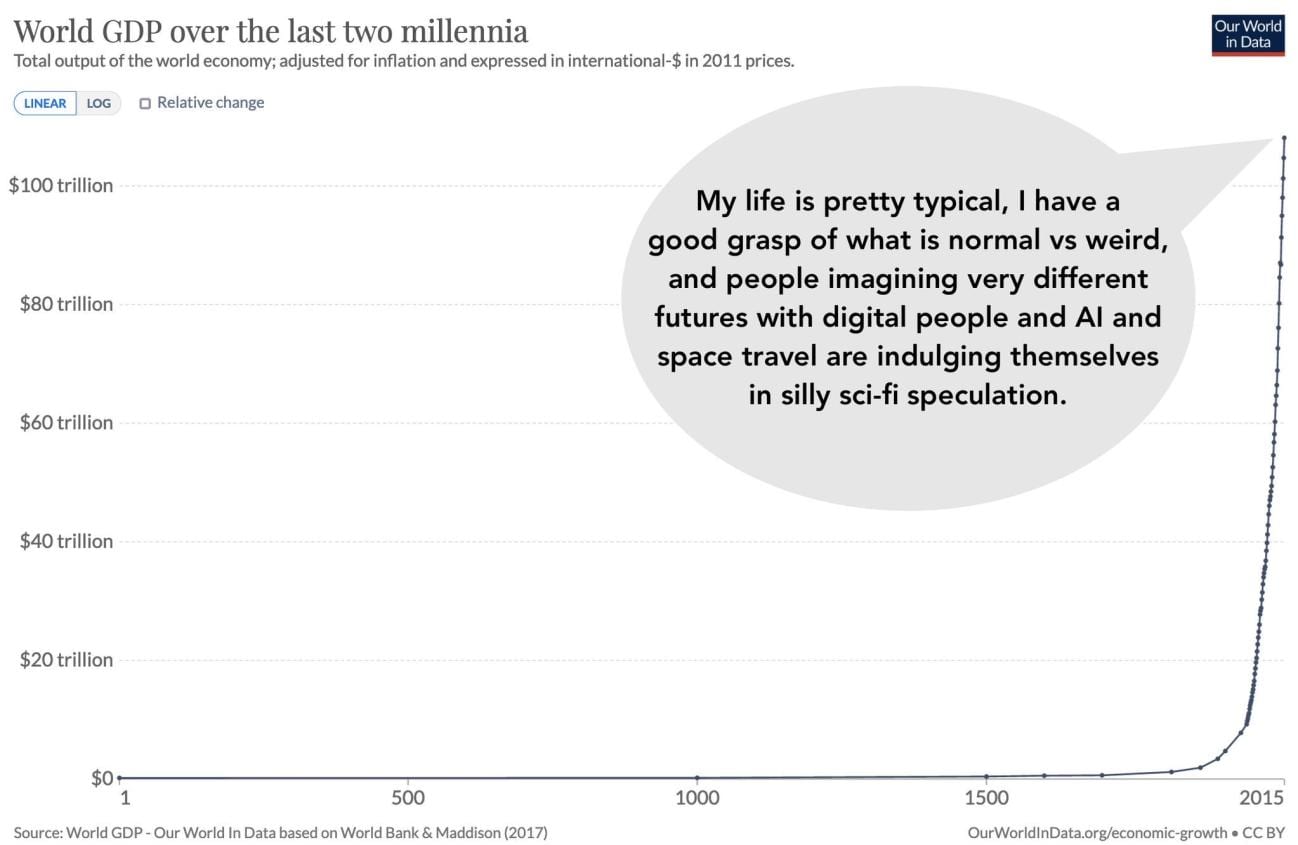
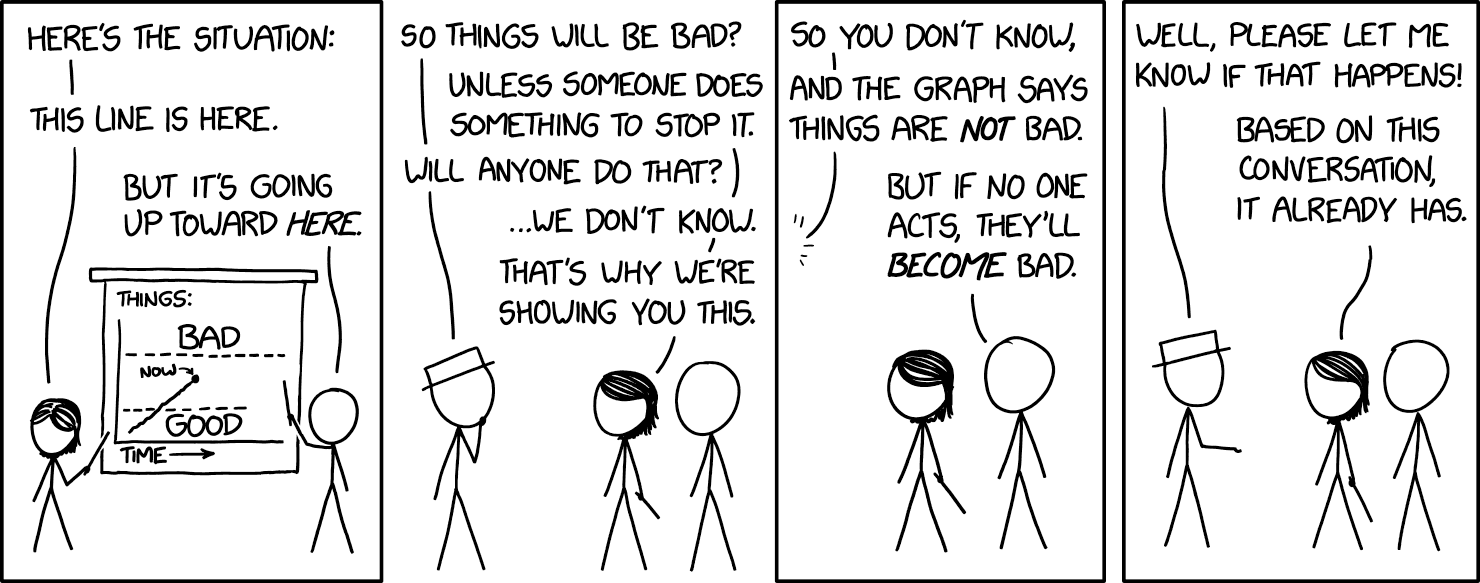
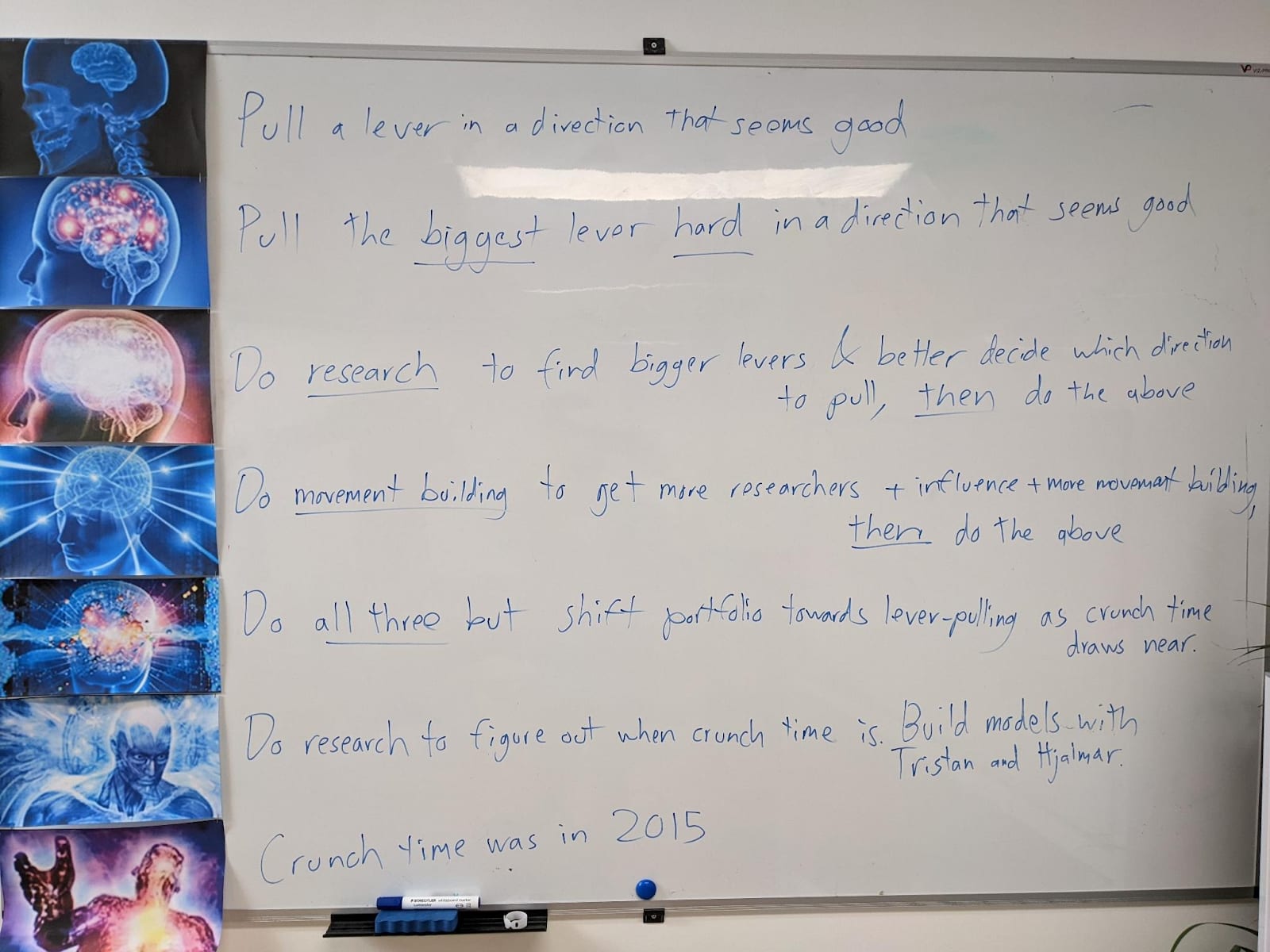
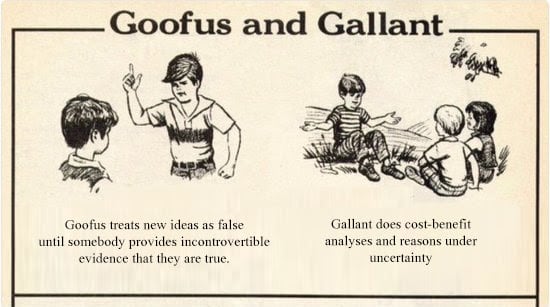
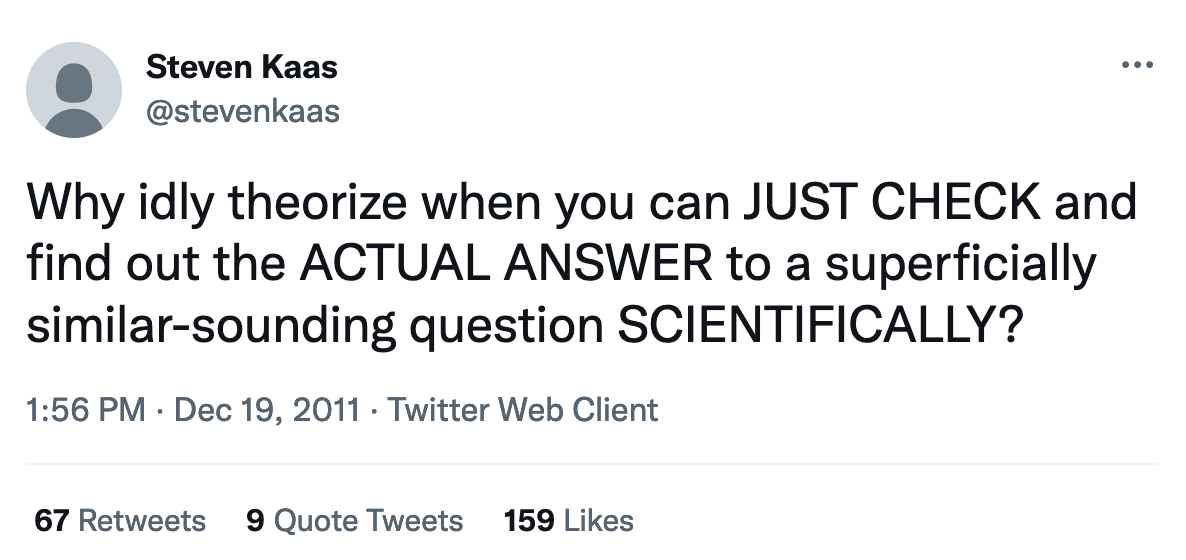

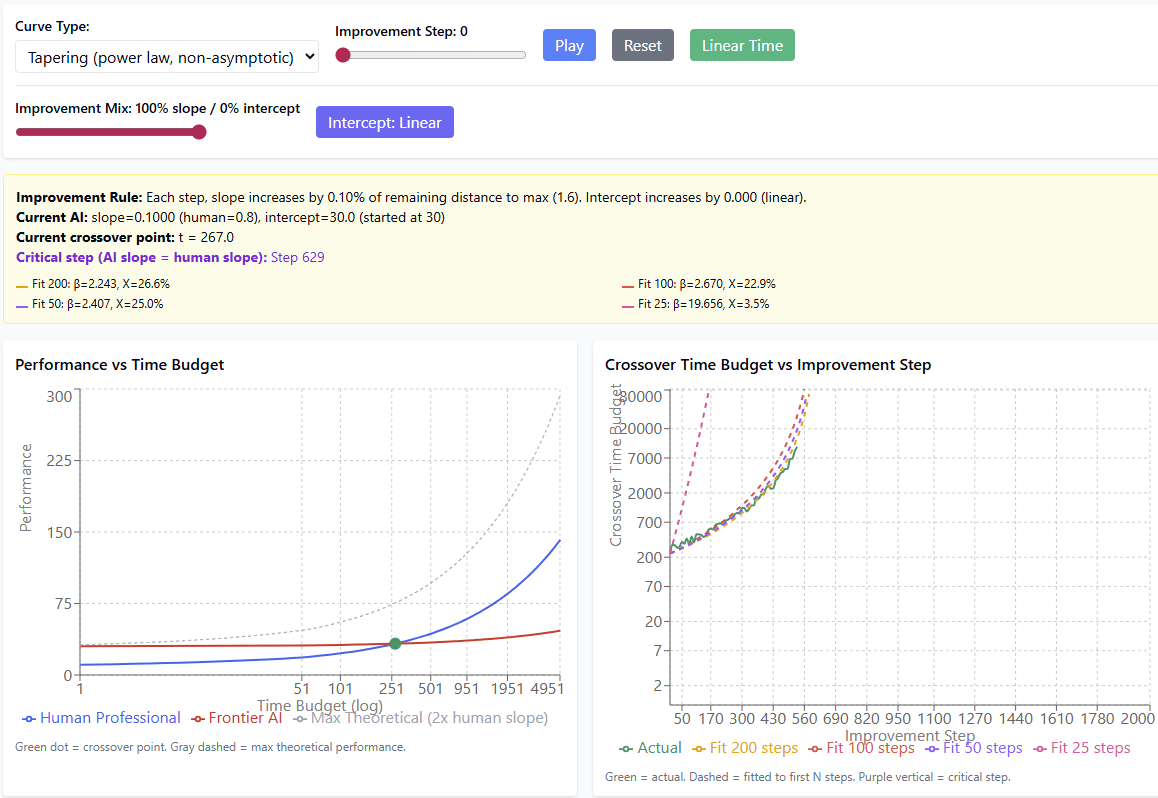
I should do a blog post retrospective, now that it's almost 2026, going over the whole post & comparing to reality!
...that's a lot of work though, if anyone else wants to do it I'd be very grateful! As a bonus they might be less biased than me.
I'd be happy to link to it here in the OP.